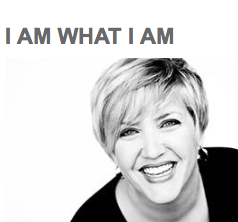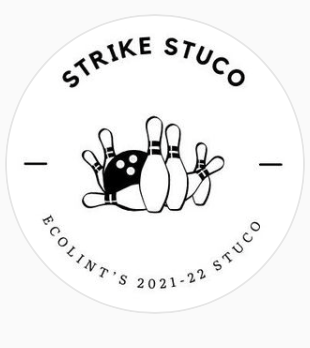There are many varieties of the “one-woman show.” The kind of “one-woman show” that I do (called “cabaret” in musical theatre circles) uses the rich canon of musical theatre but not to tell a particular character’s story. The literature is used to tell the artist’s story. I use the songs to tell my story and to say what I want to say. Solo cabaret acts have always fascinated me as a singing actor. Playing a character in a show is a great challenge, but playing oneself, unadorned, can be the hardest role of all. I love seeing how other artists thoughtfully and selectively reveal themselves, and I enjoy the challenge of sharing both my voice and my “voice” through this medium.
How long have you been working in the performing arts and where?
I caught the performance bug at age 10 in the children’s chorus of a professional production of La Boheme. My enthusiasm was nurtured in the immersive vocal, performance, and theatre arts programs of New York public schools with absolutely inspirational teachers who had a greater influence on my life than they will ever know. At university, I was a Music Dance Theatre major in a four-year BFA program where I worked in summerstock theatre, gigged as a session vocalist, traveled with a touring company, and studied vocal pedagogy. Following school, my New York plans were redirected as I followed my partner (now husband) to Geneva. In the last 25 years, I have worked as a musical theatre educator while performing regularly as a solo artist.
What is the message behind the show (if there is one)?
Each of my shows has a message! Of course, I select material that is a good match for my instrument (voice), but my primary consideration is always the text. And there must be comedy! Every show has a set list that takes the audience on a deliberate journey. I try not to be heavy-handed in pointing out the message I’m trying to send, but instead, let the material generally speak for itself. I have a show about work-life balance, a Valentine show about relationships, one about gender issues, one about the hidden parts of our lives, and a recent show about parenting issues as my own children (Ecolint students!) head off into the world. This particular show, “I Am What I Am,” has themes of authenticity, owning one’s own story, being brave, and self-acceptance. As with all my shows, it’s very personal. Plenty of laughs, lots of feels.
How did you pick the songs?
This is the fabulous/terrible part; there’s too much amazing material to choose from. Song selection happens over a period of several months, letting certain combinations gel, and setting aside favorites for another time. The sequence of song messaging starts to take shape, and the set list is constantly revisited for its variety of composers, musical styles, lows and highs, uptempos and ballads. Spreadsheets are involved. I run a lot of material by my students, actually, and of course, I coordinate with my extraordinary music director in London, Mr. Mark Dickman. When we’re happy with the set list, the arranging begins.
What inspired you to pursue a career in teaching?
Teaching is always good complementary work for an artist. It keeps us on our toes, helps us stay in tune with the basics, sends us back for continued professional development, and reminds us of why and how we were inspired to pursue the arts in the first place. In my case, I also really love young people. I love their energy, their bravery, and their ability to wholeheartedly jump into another’s skin and see where the adventure takes them.
How long is it on for?
One night only, people! Wednesday, October 17, in the Centre des arts. Don’t miss it!



